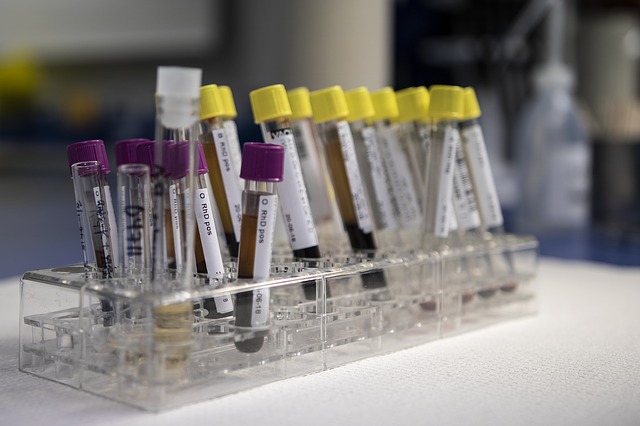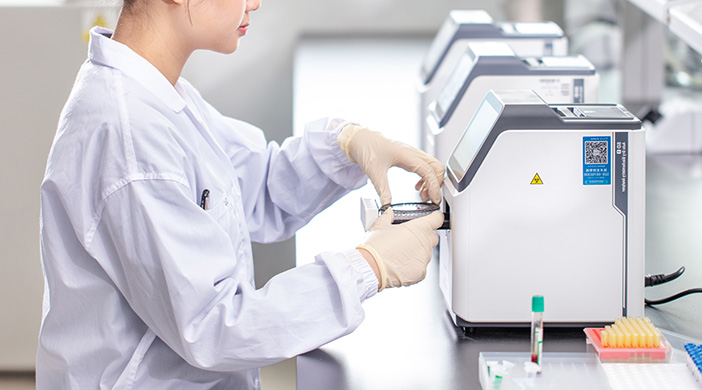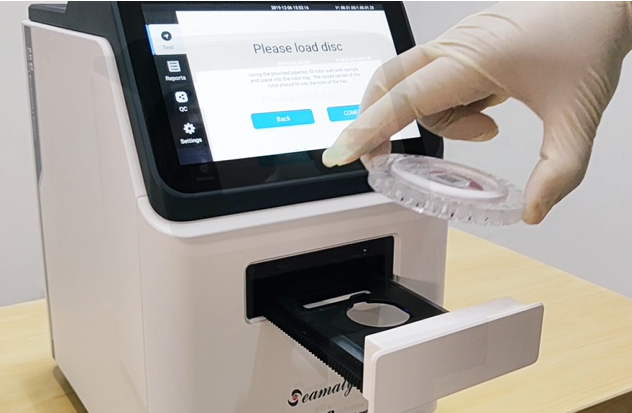Modern medical care cannot be achieved without the support of advanced medical testing equipment. It is extremely important to enhance the maintenance of medical equipment to ensure the accuracy and reliability of the tests.
There are many testing laboratory instruments. For example, routine blood instruments, biochemical analyzers, immunoassay analyzers and so on. They provide accurate scientific test basis for various diseases from biochemistry, hematology, cytology, immunology, etc. to clinical diagnosis of diseases, tracking the efficacy and estimation of prognosis.
So, how to maintain these clinical testing equipment to maintain a good condition?
1. Maintenance of clinical testing equipment
a) Place the test instrument in a workroom with appropriate temperature.
b) arrange regular maintenance of clinical testing equipment by professional maintenance personnel.
c) to control the test quality of the test instrument at the beginning of the test.
d) in the daily use of the test instrument after the shutdown operation.
2. Create a good environment
Change the environment inside the testing room. Such as timely cleaning of the floor, maintain the degree of wetness, maintain the appropriate temperature, timely ventilation, etc. Most of the clinical testing equipment operating environment temperature should be between 15°C ~ 40°C. Ambient humidity is between 15% and 85%. Clinical testing equipment should be placed in a location free of magnetic fields and disturbing voltages. The operating voltage should be kept stable during operation. For some optical instruments, in order to delay the aging of optical components, direct sunlight should be avoided to prevent equipment aging, etc.


